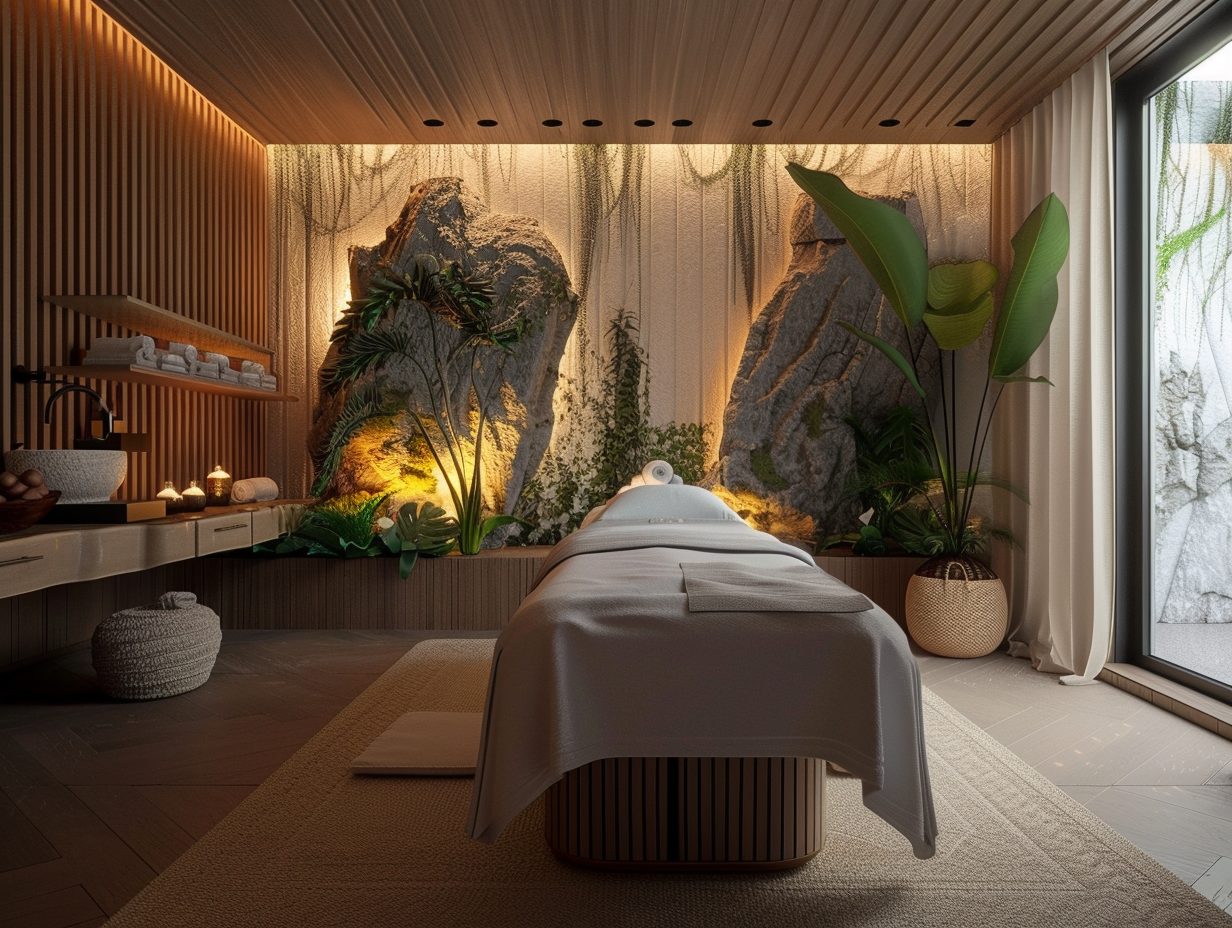At Relax And Release Retreats, the art of massage therapy takes center stage, offering a sanctuary for individuals to unwind, rejuvenate, and experience profound relief from muscle tension, pain, and stiffness. Through a combination of skilled touch, soothing ambiance, and therapeutic techniques, these retreats provide a holistic approach to relaxation and well-being. Massage therapy serves as a cornerstone of the retreat experience, offering a multitude of benefits that extend far beyond simple relaxation.

By targeting tight muscles, releasing trigger points, and improving circulation, massage therapy helps alleviate discomfort and promote deep relaxation throughout the body. With each session, participants experience a profound sense of release as muscles loosen, tension melts away, and pain diminishes. Moreover, massage therapy at these retreats provides a safe space for emotional release, allowing individuals to let go of stress and tension stored in the body, leading to a greater sense of ease and emotional well-being. Whether seeking relief from chronic pain, recovering from injury, or simply seeking relaxation and rejuvenation, participants at Relax And Release Retreats discover the transformative power of massage therapy in promoting overall health and vitality.
Now, let’s delve into “Relax And Release Retreats: 11 Ways Massage Retreats Relax Muscle, Ease Pain, and Lessen Stiffness,” exploring the myriad ways in which massage therapy promotes relaxation, pain relief, and physical well-being for participants seeking a respite from the stresses of daily life.
Here are the 11 ways massage retreats relax muscles, ease pain, and lessen stiffness, along with explanations of how each way contributes to overall relief and well-being:
1. Muscle Relaxation: Massage therapy helps relax tight muscles by increasing blood flow to the area, reducing muscle tension, and promoting relaxation. This can alleviate feelings of stiffness and discomfort, allowing muscles to loosen up and move more freely.
2. Improved Circulation: Massage techniques such as effleurage and kneading help improve blood circulation throughout the body, delivering oxygen and nutrients to muscles and tissues while flushing out toxins and metabolic waste. Enhanced circulation can reduce pain and inflammation, promoting healing and recovery.
3. Release of Trigger Points: Massage therapy targets trigger points, or areas of tightness and tenderness within muscle tissue, through techniques such as deep tissue massage and myofascial release. By applying pressure to these points, massage therapists can release tension and alleviate pain, leading to improved range of motion and flexibility.
4. Stretching and Mobilization: Massage retreats often incorporate stretching and mobilization techniques to help lengthen tight muscles, improve joint mobility, and enhance overall flexibility. This can reduce stiffness and discomfort, allowing for greater ease of movement and improved posture.
5. Decreased Pain Perception: Massage therapy stimulates the release of endorphins, the body’s natural painkillers, which can help reduce the perception of pain and promote feelings of relaxation and well-being. By modulating pain signals in the brain, massage can provide relief from chronic pain conditions such as arthritis, fibromyalgia, and low back pain.
6. Relief from Muscle Knots: Massage therapy can help break up muscle knots, or areas of localized tension and discomfort, through targeted pressure and manipulation techniques. By releasing adhesions and restoring muscle balance, massage can alleviate pain and stiffness associated with muscle knots, improving overall comfort and mobility.
7. Improved Posture: Massage therapy can help correct postural imbalances and alignment issues by releasing tight muscles and fascia, lengthening shortened muscles, and strengthening weak muscles. By promoting proper alignment and balance, massage can reduce strain on the musculoskeletal system and alleviate associated pain and stiffness.
8. Stress Reduction: Massage retreats provide a tranquil environment and therapeutic touch that can help reduce stress levels and promote relaxation. By activating the parasympathetic nervous system, massage therapy induces a state of deep relaxation, lowering heart rate, blood pressure, and cortisol levels, and promoting overall well-being.
9. Enhanced Range of Motion: Massage therapy can help improve joint mobility and flexibility by reducing muscle tension and increasing tissue elasticity. This can result in improved range of motion and function, allowing for smoother and more efficient movement without pain or stiffness.
10. Promotion of Healing: Massage therapy stimulates the body’s natural healing processes by increasing circulation, reducing inflammation, and promoting tissue repair. This can accelerate recovery from injuries, surgeries, and chronic conditions, facilitating faster healing and improved overall well-being.
11. Emotional Release: Massage therapy can provide a safe space for emotional release and relaxation, allowing individuals to let go of tension, stress, and emotional baggage stored in the body. By promoting a sense of comfort and support, massage can foster emotional well-being and resilience, leading to a greater sense of ease and balance in daily life.


